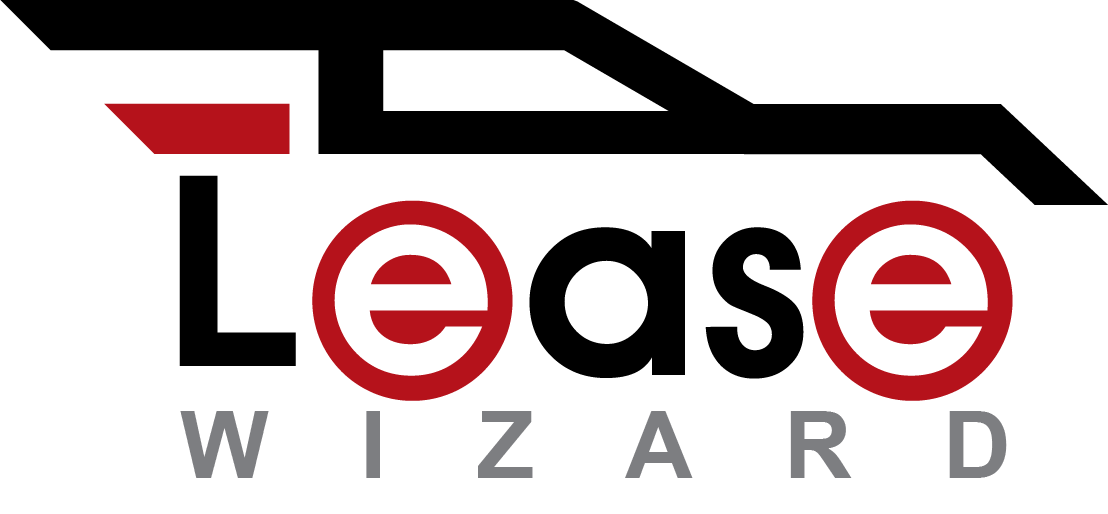**This post contains affiliate links and the publisher may be compensated if you make a purchase after clicking on these links.**
Getting behind the wheel of a new car is always exciting, but understanding the conditions of your lease is important in knowing that your getting a good deal, as well as helping you to drive confidently; knowing that when your lease is up, you won’t be paying unnecessary fees.
The Not-So-Fine Print
In your lease contract, the mileage allowance will be clearly spelled out. If you’re worried about potentially going over, it’s a good idea to assess where you’re at with your mileage. If your 36 month lease allows you to drive 15,000 miles per year, over the course of three years, your lease allows you to drive 45,000 miles. Only you know exactly how many miles you’ve driven each year, the lessor isn’t going to pop in after the first year to make sure you haven’t driven 15,001 miles and make you pay. As long as your mileage is at or below the limit for your lease when you turn in the vehicle, you won’t be charged.
While the mileage allowance may not be a question, make sure you are aware of it, and be sure to know the cost of overages – which must be disclosed, but is going to be one of many numbers you’d see in the course of finalizing your lease. If there is a question about whether or not you might go over, ask whether your lessor offers the option to purchase excess miles before you sign your lease.
The Make Them Print It
Somewhere within your lease there will be a statement that requires you to bring the car back in original condition (so no after-market modifications) less normal wear-and-tear. This is a vague statement that can be defined in many ways by different people. In this case, the only definition of “normal” (ahem… as it pertains to a car’s wear and tear) that matters is that of the dealer and lessor. Ask to have this in writing, and save it with your records. Having this in writing keeps you from having to do any guesswork when it’s time to bring the car back.
The Extra-Fine Print
During the negotiation of your lease is when you have the power to make favorable changes to the contract, once it’s signed any changes in pricing will almost always be in favor of the lessor. Read through the conditions of your lease carefully. Your lease will have all of the “rules” to abide by to steer clear of unwanted fees, even if they don’t jump off the page. Never hesitate to ask questions, or have the dealer point out specifically where something is stated within your contract. There may be certain stipulations that end up costing you for doing something seemingly good. For example, if you try to pay off your lease early, you may be charged a fee. This doesn’t necessarily mean it’s not a good idea, you’ll just have to do a little math and weigh your options. As mentioned elsewhere on Lease Wizard, if you’re looking to exit your lease early, it’s good to check with Swapalease or Lease Trader.
Or perhaps you’ve experienced a major life event, and your driving needs or financial state has changed, and your lease is no longer a good fit. Trying to terminate a lease early can become a very expensive nightmare, whether because you need a different vehicle (or payment), or because you are going to rack up substantial mileage overages or other fees when you return the car. In the latter case – where it is becoming too expensive to continue to lease the car, you may be able to buy the vehicle at lease end, and you can finance that large payment. Our partner Innovative Funding Services (IFS) can help you with this.
In either case, while we recommend leasing only for those with stable situations, there are a lot more alternatives available today than years ago in case life throws you a curveball. So know your options, what it might cost, and the process to terminate. Even if nothing unexpected happens during your term, it never hurts to be prepared. If you do find yourself in a pickle, and suddenly all you can afford is a lemon, there are still ways to get out of your lease without completely going belly-up.
Article written by Ariel Fisher
Previous Article: “Road Trip – II”

